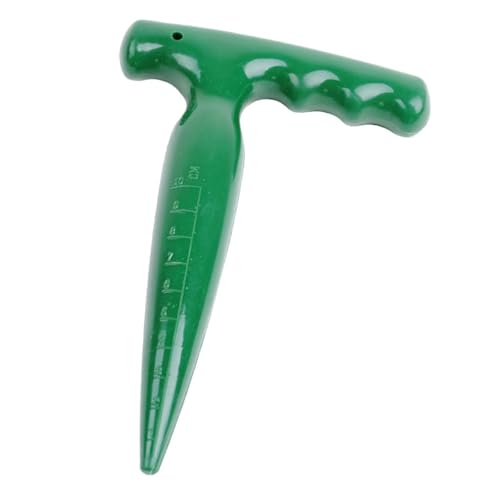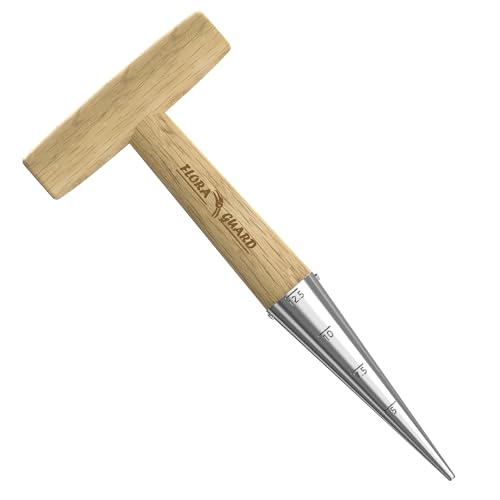Introduction
A dibber, also known as a dibble or dibblet, is an essential tool for planting seeds, bulbs, and small seedlings in the garden. It is a pointed stick with a handle that farmers use to create small holes in the soil to plant their crops. However, dibbers are not just for making holes in the ground. They have several unique uses that many gardeners are not aware of. In this article, we will explore some of the unique ways to use a dibber in the garden.
Creating furrows in the soil
If you have a large garden and need to plant seeds in rows, a dibber can be a handy tool for creating furrows in the soil. Simply create the first furrow with the dibber, then place the seeds inside the furrow and cover them with soil. Repeat the process for each row, and you’ll have a perfectly spaced garden.
Transplanting seedlings
Transplanting seedlings can be a delicate process, and you risk damaging the roots when trying to remove them from their original pots. A dibber can help you make the process easier and less stressful for the seedlings. Using the dibber, create a small hole in the soil where you want to transplant the seedling. Then gently slide the seedling out of the pot and into the hole. Gently press down the soil around the seedling, and it’s done!
Testing soil moisture
One creative way to use a dibber is to test the moisture content of the soil in your garden. Insert the dibber into the ground and leave it for a few minutes. Then remove it and feel the tip. If it’s dry, your garden needs watering. If there is soil sticking to the dibber, the soil is still moist enough, and you can hold off watering for a bit longer.
Making plant labels
You can also use a dibber to create labels for your plants in the garden. Cut small pieces of wood or bamboo, and use the dibber to create a small hole in one end. Then write the plant name on the label and insert the other end into the soil close to the plant. Not only will you have a fun DIY project, but it will help you keep track of your plants in the garden.





